One of CFM’s major goals is to encourage museum practitioners to think and plan for a longer time frame (longer, that is, than the usual one to three-year plan.) In our rapidly changing, uber-connected world a plan that looks good in the short term and at a local level can turn out to be disastrous when it plays out on a larger scale in time and space. Not everyone is going to become a full-blown museum futurist (heck, I’m still working on that,) but versatile museum staff (particularly directors) know a useful bit about marketing, development, communications, evaluation—all things that go into making a museum work. We hope to add a dollop of futurism to that mix. To that end, I will periodically lob articles and web links your way, to add to your self-study curriculum. Here are a few to start.
Jamais Cascio of The Institute for the Future (IFTF) presents the first of a series of occasional series of essays on thinking about the future in Slate magazine. I particularly like his reminder, as he outlines methods for mapping future possibilities, that “the futures you come up with will almost certainly be wrong—the goal is to be wrong in a way that offers insights into present choices.” Cascio offers a good outline of a basic framework for forecasting and scenario building.
I have been following several sites that do a thoughtful job of helping people explore the future, and think about how to be wrong in an insightful way. One is GoTo 2040, a site designed to solicit input from Chicagoans on comprehensive metropolitan planning. (The public comment phase for this project is closed, but they have left the site active as an educational tool.) I particularly admire the interactive Invent 2040 section where users can make choices about development density and location, roads, transit systems etc., and see how this affects the map of population density in and around Chicago over time. It takes complex issues and presents them clearly, focuses attention on key parameters affected by policy decisions and helps people visualize the effects of potential choices. What are the most relevant policy decisions for your museum, and how might you help your community visualize the results of your possible choices?
I admit city planning isn’t museum planning (let’s not start an argument over which is more complex). Well, here’s another futures planning site a little closer to our home turf: the Knowledgeworks Foundation’s Map of Future Forces Affecting Education. Knowledgeworks aims to “transform education in the US from a world of schooling to a world of learning—where efforts are focused on the needs of the learner, not the institution.” Sounds highly relevant, given the key role that museums play in informal learning, yes? Read over the trends that Knowledgeworks and IFTF (their partner in this project) identified as shaping the future of high school education in the US, and check out the tools they provide for scenario planning to help school districts apply the trends information to their decision-making. I’ve taken the liberty of editing the sample focal issues they present to show how easily their scenario planning guide might be adapted to helping a museum plan for its future educational role:
- How should my [museum] evolve in order to provide a high quality learning environment for all students in 2020?
- What will [museum educators] need to know and be able to do in order to be effective in 2025?
- What types of education will motivate and engage learners in 2020?
- What will be the public’s expectation of and support for [museums] in 2025?
- What will the education marketplace look like in 2020?
Take a look, and let all our blog readers know if you try using the map, the trends and the scenario building guide at your museum—it would be good to know if it can port usefully into our field.
And send me your nominations for best futurist/trend spotting sites! I will read and share.

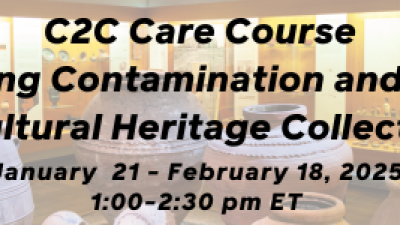

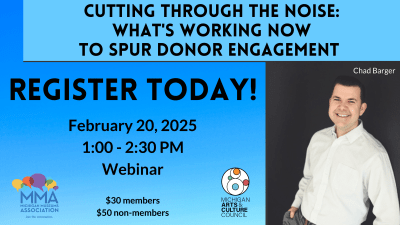
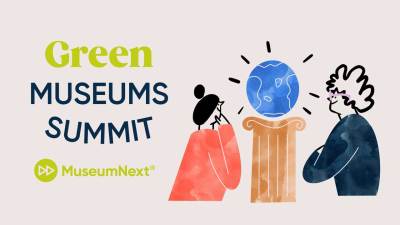

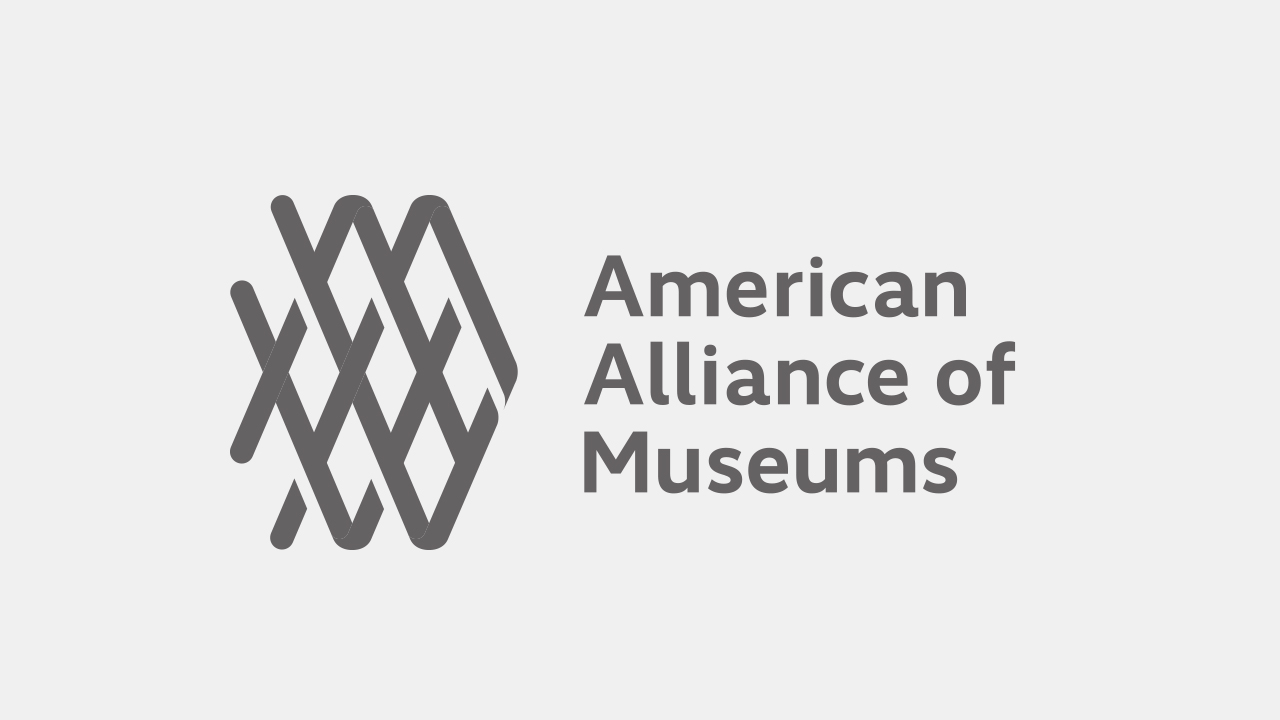
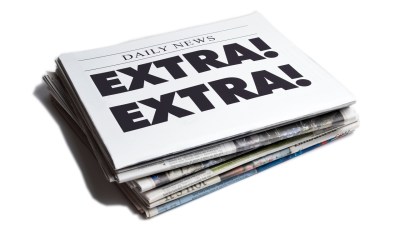
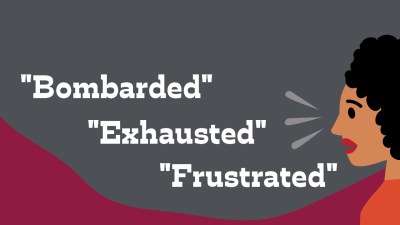
Comments